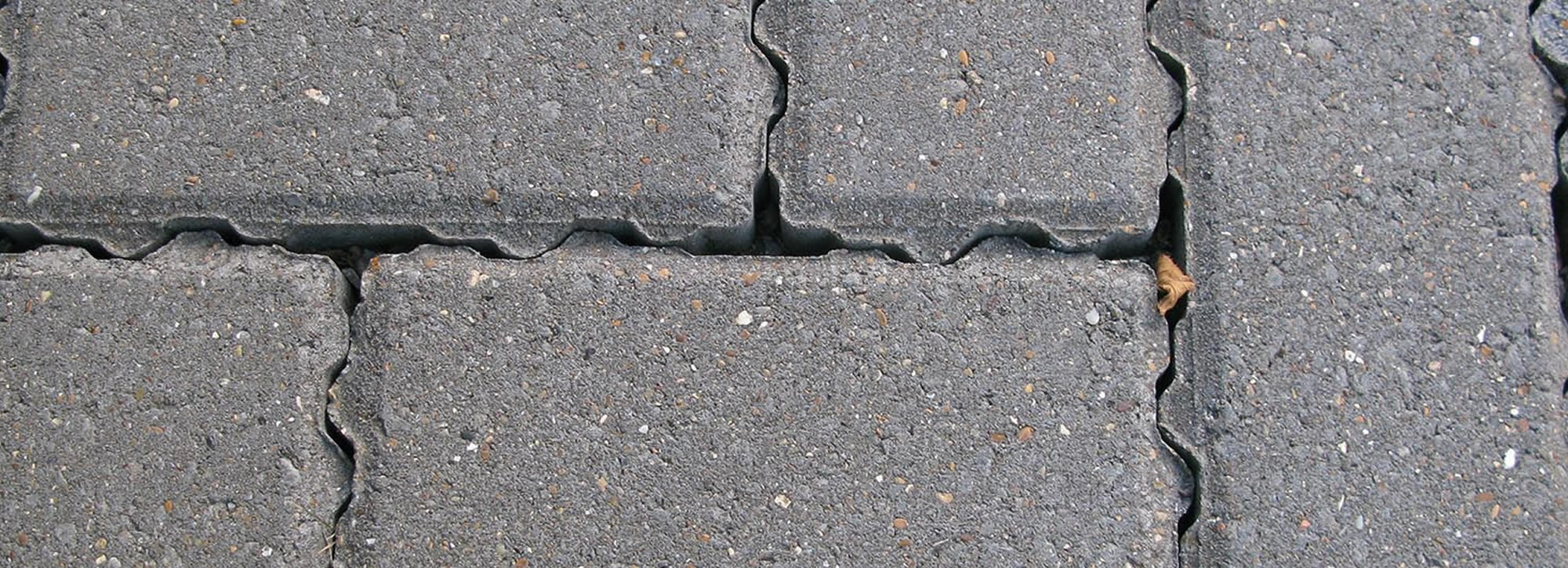
Infiltration volume estimation
The infiltration volume design tool calculates the depth or base area of storage required to manage a specified rainfall return period based on the soil infiltration capacity and areas draining to the infiltration system. The tool also calculates the drain-down time to half empty the infiltration system.
March 2025 updates - what has changed
The Infiltration volume estimation tool was replaced by a new user friendly web tool in March 2025. Check our frequently asked questions for further information.
Background
The infiltration volume design tool facilitates calculation of the depth or base area of storage required and the drain-down time to half empty for infiltration systems for new developments to assist developers, drainage engineers and those assessing planning applications. Various soakaway arrangements can be analysed. The tool applies the method defined in the report Infiltration Drainage (CIRIA report R156, 1996), which is re-stated in the SuDS Manual (CIRIA report C753, 2015), except for a 3D system with no infiltration from the base where the time to half empty is based on the method from BRE Digest 365 (2016).
When to use this tool?
Development sites will need to provide surface water storage in order to meet planning approval. If the site will discharge surface water to the ground, this tool provides infiltration storage volume estimates and the drain-down time to half empty the infiltration system based on the infiltration and site characteristics.
How to use the tool?
The infiltration volume design tool is a simple online tool. The user needs to enter the type of infiltration system and its geometry, the porosity of any material that is contained within the infiltration storage volume void, and the soil infiltration rates. The user must then enter the areas to be drained and upload rainfall data from the Flood Estimation Handbook Web Service before running the model.
What values will the tool give?
The infiltration volume design tool gives an estimate of the minimum height of the soakaway or base area of a plane infiltration system (where the side area is negligible to the base area) as well as the time it takes for the system to half empty for the design return period.
User can generate a report of all input data and results can be saved to form part of a drainage strategy or planning application.
FAQs
The following equations are used for the different infiltration systems to estimate the height or base area of the infiltration system:
- CIRIA Report 156, 3D infiltration system equation:
- Rectangular soakaway with infiltration from sides and base
- Ring soakaway with infiltration from sides and base
- Infiltration trench with infiltration from sides and base
- CIRIA Report 156, 3D infiltration system equation, where area of base is set to 0:
- Rectangular soakaway with infiltration from sides only
- Ring soakaway with infiltration from sides only
- CIRIA Report 156, planar system equation:
- Planar infiltration system with infiltration from base only
The following equations are used for the different infiltration systems to estimate the time for half emptying:
- CIRIA Report 156, 3D infiltration system equation:
- Rectangular soakaway with infiltration from sides and base
- Ring soakaway with infiltration from sides and base
- Infiltration trench with infiltration from sides and base
- CIRIA Report 156, planar system equation:
- Planar infiltration system with infiltration from base only
- BRE365 equation:
- Rectangular soakaway with infiltration from sides only
- Ring soakaway with infiltration from sides only.
One of the largest uncertainties in the design of infiltration systems is the infiltration coefficient, as this may reduce over time, particularly if effective pre-treatment is not included within the design and/or system maintenance is poor.
To account for this, a factor of safety is introduced into the design which reduces the infiltration coefficient. The factor to use depends on the consequences of failure and total areas to be drained.